Whether in the field, in the barn, or in the greenhouse, robots and drones already handle a lot of tasks. Here’s what they can do.
 The Future of Farming
The Future of Farming

Article from | maxon group
Harvesting in the greenhouse
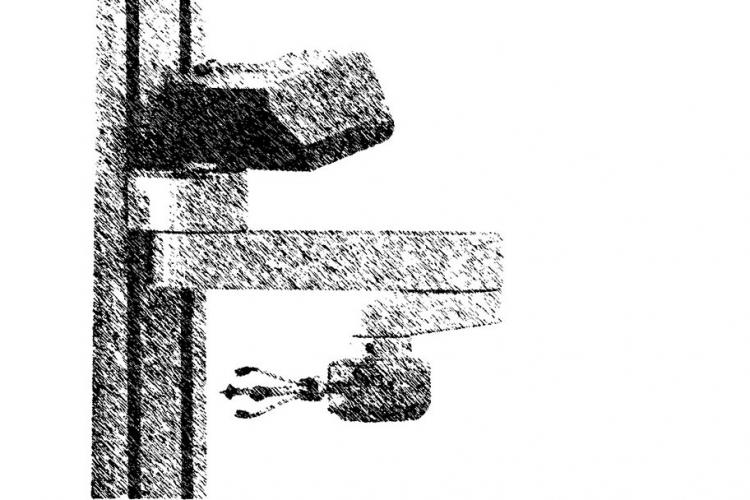 Ability:
Ability:
The use of image processing software and robots has given rise to new harvesting systems for high-value crops such as tomatoes. The harvesting robots in the aisles of the greenhouse can distinguish ripe crops from unripe ones, and can harvest and package them in boxes.
Benefits:
- Around-the-clock harvesting
- Decreased workload for harvesting staff
- Data analysis
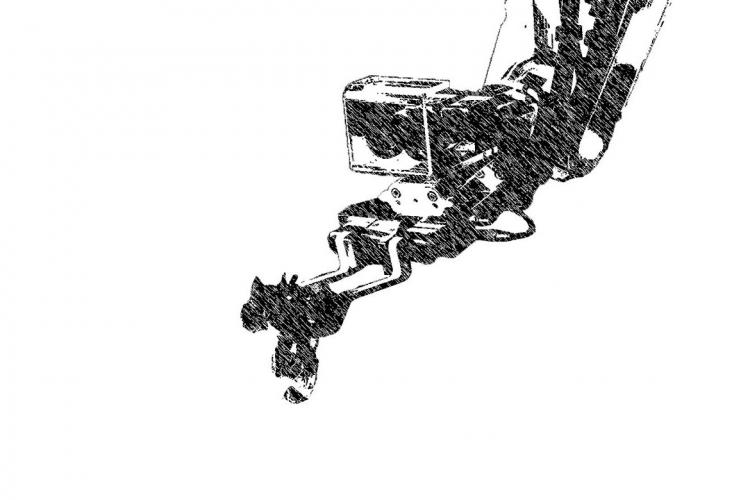
Material handling in the greenhouse
Ability:
Robots that safely work side-by-side with humans can handle manual tasks such as dividing plants. They can also optimize the placement of plants, for example.
Benefits:
- Improved plant quality
- Reduced use of water, pesticides, herbicides, and fertilizer
- Lower production costs
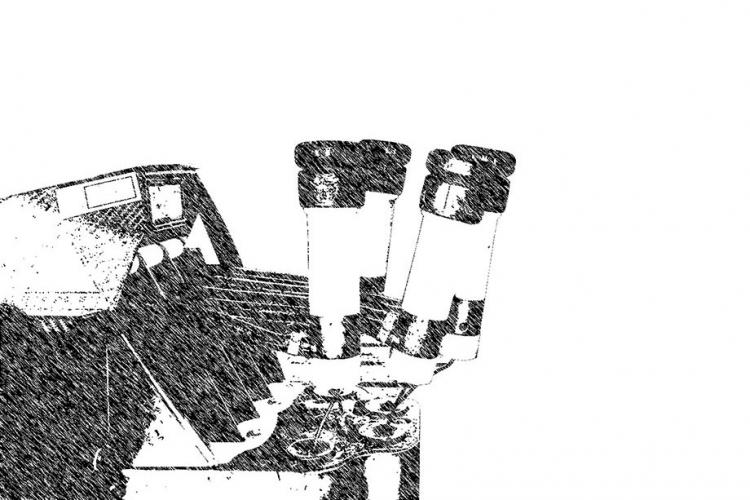
Barn automation
Ability:
In the barn, robots help with replenishing fodder, milking cows, and removing manure.
Benefits:
- Increased performance
- Reduced workload for farmers
- Improved health and well-being for cows
- Improved hygiene on different ground surfaces
- Data analysis

Aerial imagery drones and seeding drones
Ability:
Many drones are equipped with multispectral cameras and photo cameras, monitor the health and growth of crops, and can predict the crop yield. Drones can also carry and distribute payloads such as seeds, herbicides, fertilizer, and water. They are also able to charge themselves at weatherproof docking stations and transmit data for analysis purposes.
Benefits:
- Very good cost-benefit ratio, information is gained and time is saved
- Time and location-independent
- Fast and efficient monitoring of large areas
- High-resolution detailed recordings
- Can be controlled with high precision
- Documentation and analyses are performed in an environmentally friendly way that does not damage the vegetation
Spraying and weeding robots
Ability:
Robots are programmed to recognize weeds in the field.
The goal: Pulling out weeds, or targeted application of pesticides.
Benefits:
- Reduced use of pesticides
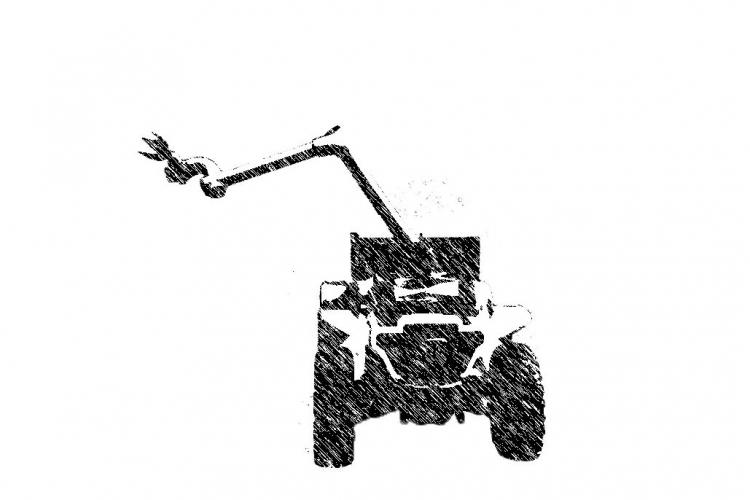
Robots for harvesting fruit
Ability:
Machines use a combination of image processing and robotic arms to harvest strawberries, cucumbers, or apples, for example. The robots also help out with quality control and sorting.
Benefits:
- Around-the-clock harvesting
- Decreased workload for harvesting staff
- Data analysis of the harvest
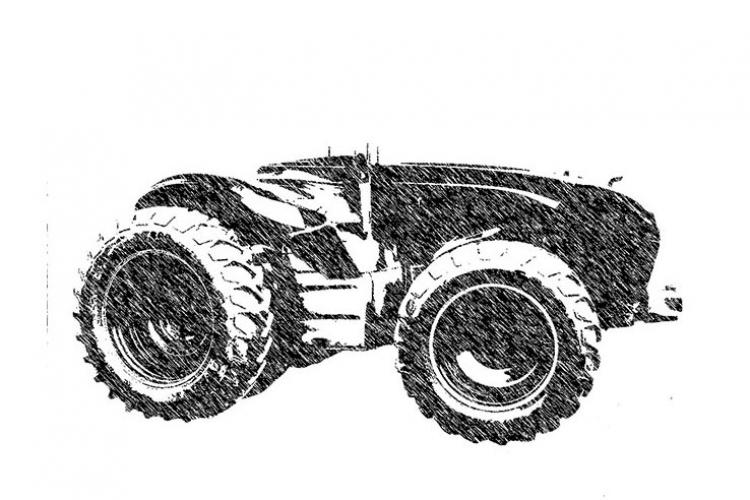
Autonomous navigation
Ability:
Tractors and other agricultural devices move around fields autonomously (e.g. by using GPS).
Benefits:
- Reduced workload
- Relatively precise positioning
- Adapts to steep terrain
- Teachable
The content & opinions in this article are the author’s and do not necessarily represent the views of AgriTechTomorrow
Comments (0)
This post does not have any comments. Be the first to leave a comment below.
Featured Product

